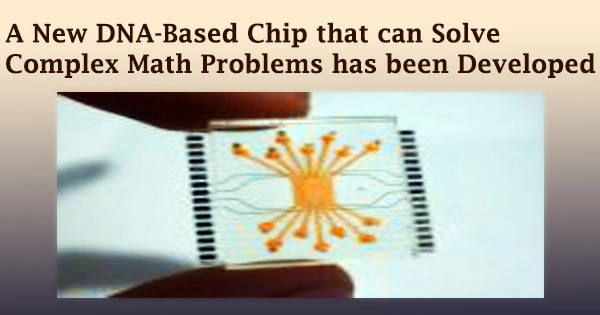Since it was initially suggested roughly 30 years ago, the area of DNA computing has advanced by leaps and bounds. However, most DNA computing activities are still done by hand, with reactants being fed to the reaction one by one.
Finally, scientists at Korea’s Incheon National University have developed a unique device that can be operated by a personal computer, allowing them to automate DNA computations. The word ‘DNA’ conjures up images of the double-stranded helix that houses all of our genetic information.
Individual units of its two strands, on the other hand, are pairs of molecules bound in a selected, complementary manner. It turns out that this pairing feature can be used to conduct complicated mathematical computations, and this is the foundation of DNA computing.
Because DNA only has two strands, even basic calculations need several chemical processes involving separate sets of DNA. The DNA for each reaction is manually put one by one into a single reaction tube in the most present research, which makes the process exceedingly time-consuming.
Microfluidic chips, which are made up of small channels etched into a substance like plastic, allow the process to be automated. However, despite its potential, the use of microfluidic chips for DNA computing is still a work in progress.
Our hope is that DNA-based CPUs will replace electronic CPUs in the future because they consume less power, which will help with global warming. DNA-based CPUs also provide a platform for complex calculations like deep learning solutions and mathematical modelling.
Dr. Youngjun Song
A team of scientists from Incheon National University (INU), Korea, present a programmable DNA-based microfluidic chip that can be controlled by a personal computer to perform DNA calculations in a recent article published online in ACS Nano on 7th July 2021 and published in Volume 15 Issue 7 of the journal on 27th July 2021.
“Our hope is that DNA-based Cups will replace electronic CPUs in the future because they consume less power, which will help with global warming. DNA-based CPUs also provide a platform for complex calculations like deep learning solutions and mathematical modelling,” says Dr. Youngjun Song from INU, who led the study.
Dr. Song and his colleagues employed 3D printing to create a microfluidic chip that can perform Boolean logic, which is one of the most basic logic in computer programming. Boolean logic is a form of true-or-false logic in which inputs are compared and a value of ‘true’ or ‘false’ is returned based on the sort of operation, or ‘logic gate,’ utilized.
A single-stranded DNA template served as the logic gate in this experiment. The researchers then employed various single-stranded DNA as inputs. If a portion of the input DNA possessed a Watson-Crick sequence that was complementary to the template DNA, it paired to generate double-stranded DNA. The size of the final DNA determined whether the result was true or false.
The developed chip is distinguished by a motor-operated valve system that may be controlled through a PC or smartphone. A microfluidic processing unit (MPU) is made comprised of a chip and software setup.
The valve system allowed the MPU to make a sequence of responses in order to quickly and conveniently execute a set of logic operations.
The programmable DNA-based MPU’s unique valve mechanism provides the path for more complicated reaction cascades that can code for additional functionality. “Future research will focus on a total DNA computing solution with DNA algorithms and DNA storage systems,” says Dr. Song.





